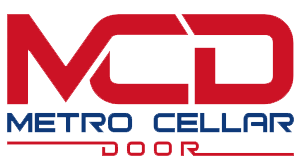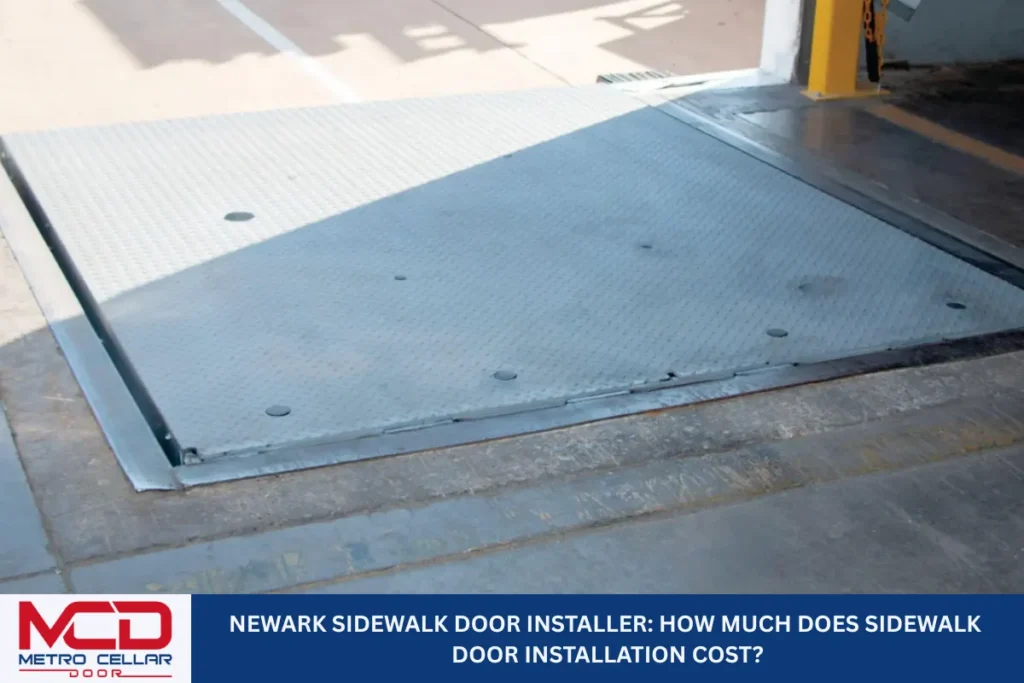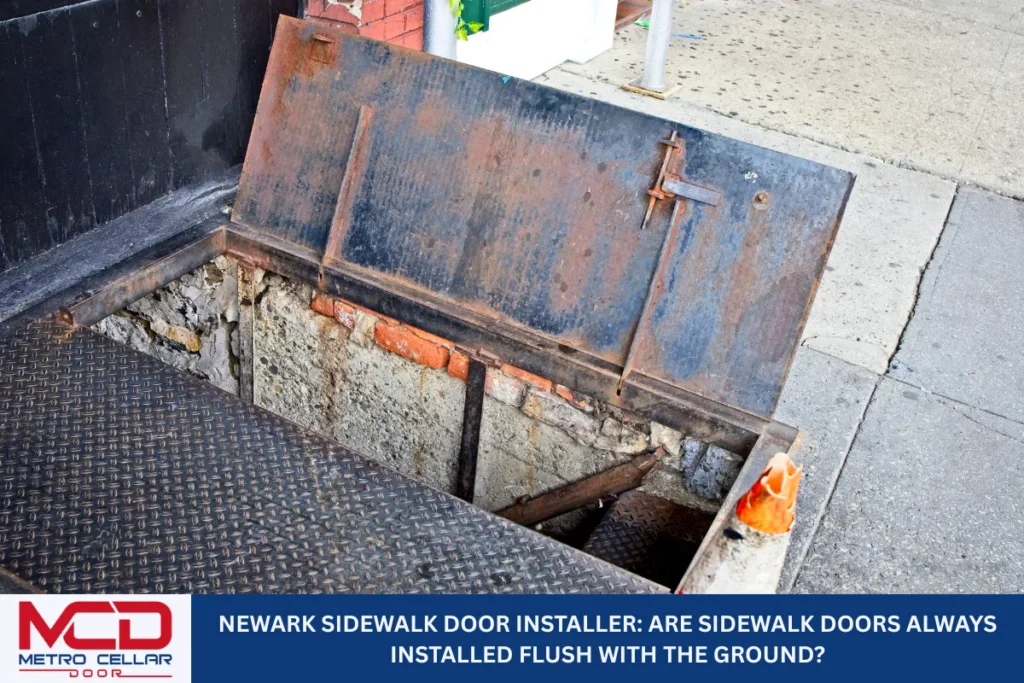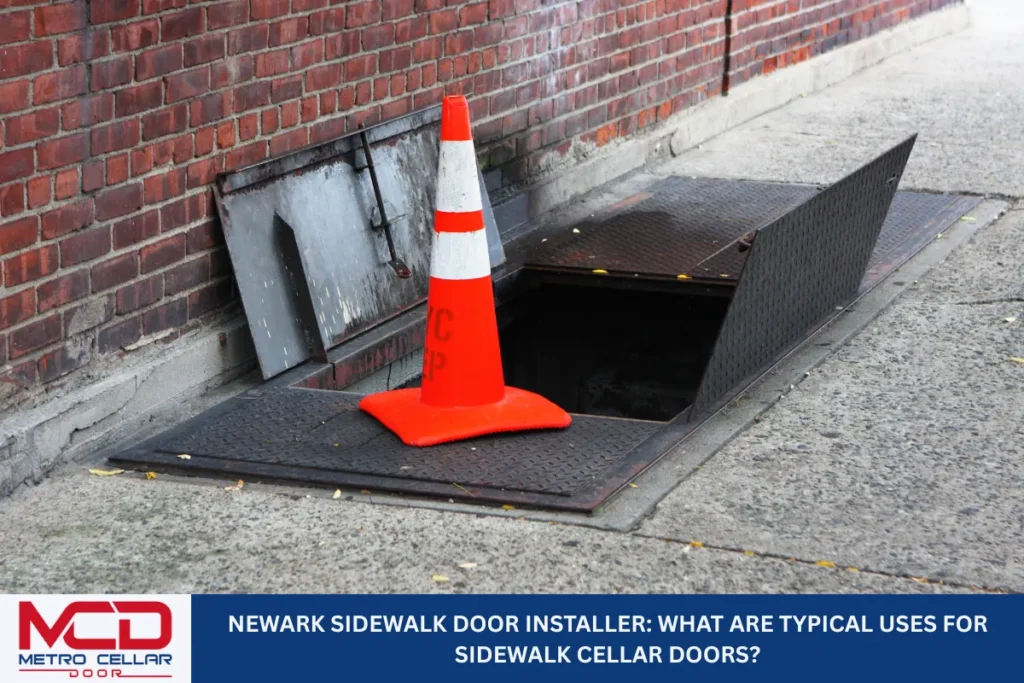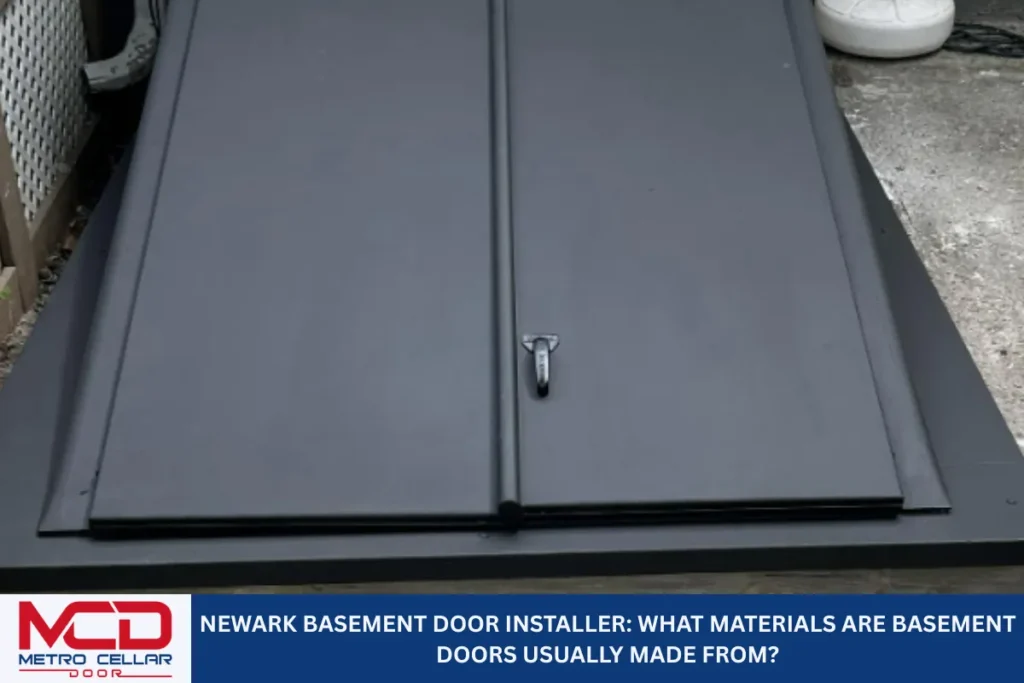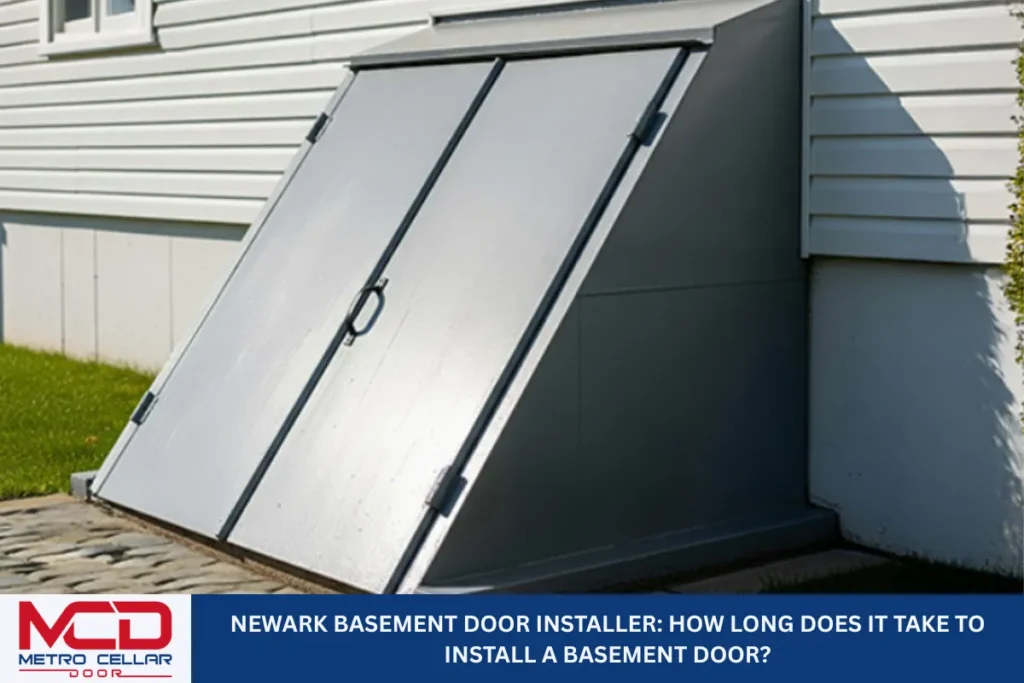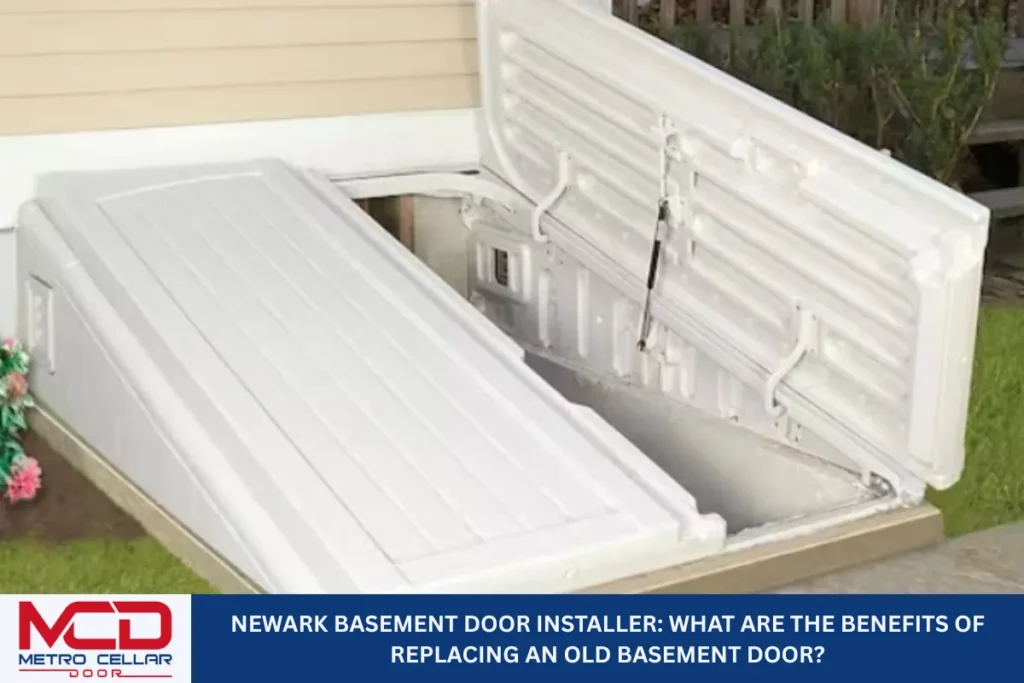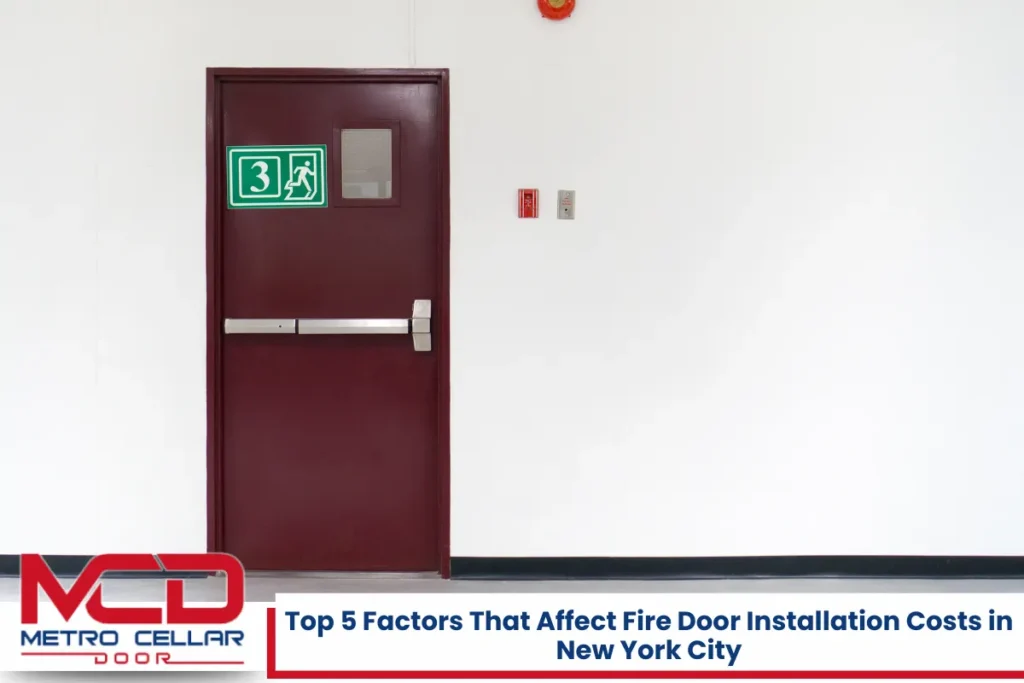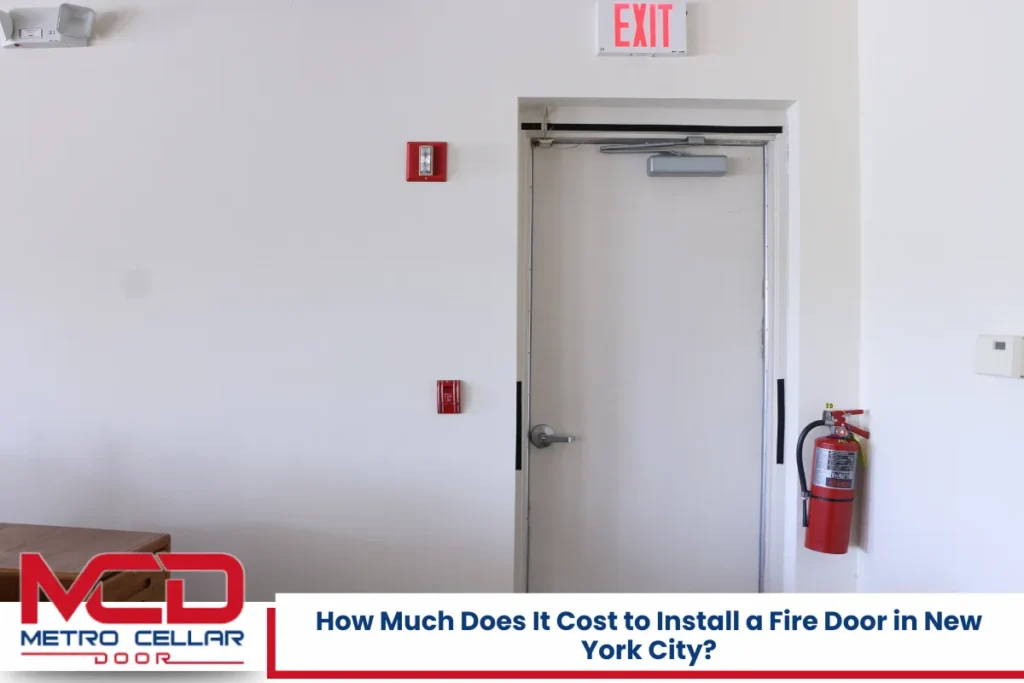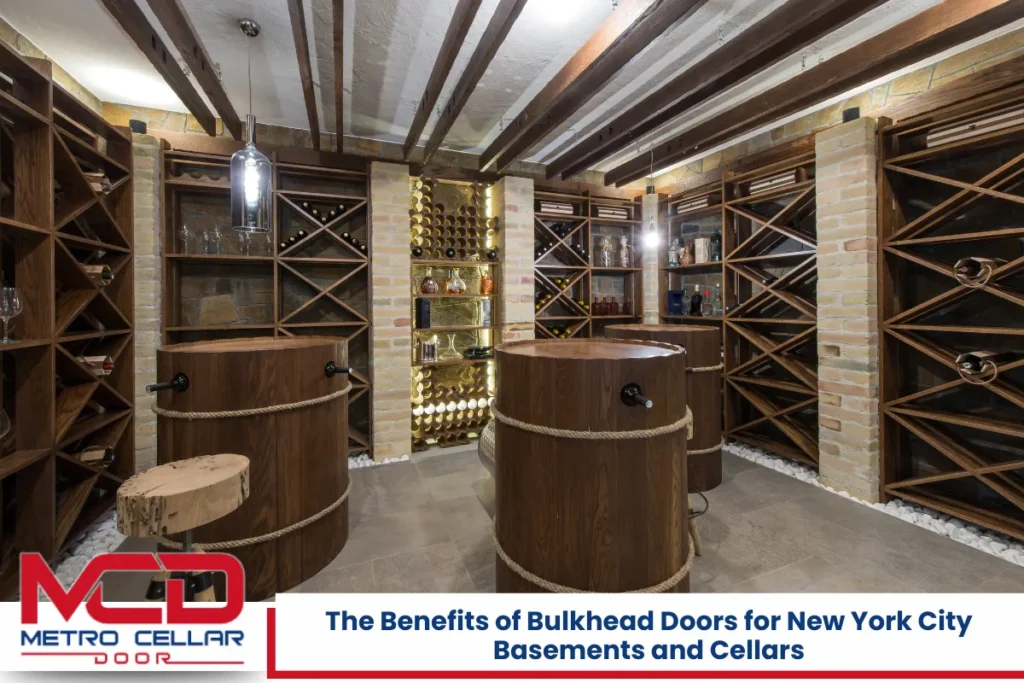Bulkhead doors are a crucial part of many properties in New York City, and hiring a skilled bulkhead door installer becomes necessary once these doors begin to show signs of failure. Found on sidewalks, side yards, and behind buildings, bulkhead doors allow exterior access to basements—spaces that are often used for storage, mechanical systems, or even as part of the living area. But with NYC’s unpredictable weather, pollution, and constant foot traffic, these doors don’t last forever.
This guide breaks down the clearest signs that your bulkhead door may need a full replacement. From rust and leaks to structural problems and security concerns, we’ll cover what to look for, why it matters, and how timely action can protect your home from avoidable damage.
Rust and Corrosion on the Surface and Frame
Rust is one of the most visible and common issues that affects bulkhead doors, particularly those made from metal. In New York City, constant exposure to moisture, salt from winter road treatments, and pollution accelerates the rusting process.
How Corrosion Develops
Metal doors are susceptible to oxidation, particularly when the protective coating starts to wear off. Water and air come into contact with the metal, causing rust to form. Once this process begins, it often spreads quickly—particularly at the edges, hinges, and joints.
Why It Matters
Corrosion weakens the door structure, making it brittle and less secure. It also compromises the weather-sealing around the frame, leading to possible water infiltration into your basement. Rusty doors can also become misaligned due to metal distortion, making them difficult to open or close properly.
If your bulkhead door has deep rust spots, flaking paint, or visible holes, replacing it is the only way to restore full functionality and appearance.
Persistent Water Leakage Around the Door
Water leakage around or under a bulkhead door is more than just a nuisance. It’s a strong sign that your door is no longer weather-tight or properly sealed.
Common Causes of Leaks
Poor installation, aging gaskets, or deteriorated concrete around the frame are frequent causes of leaks in bulkhead doors. Over time, rainwater and snowmelt accumulate and seep through gaps, especially in older buildings that haven’t been waterproofed recently.
The Impact on NYC Homes
In densely populated urban areas like New York City, basements often store heating systems, electrical panels, or even serve as living areas. Continuous leaks can lead to mold growth, damage to stored belongings, and an increase in indoor humidity levels that affect the entire building.
A new bulkhead door, properly sealed and fitted, is the only permanent fix for ongoing leakage problems.
Loose Hinges or Difficulty Closing the Door
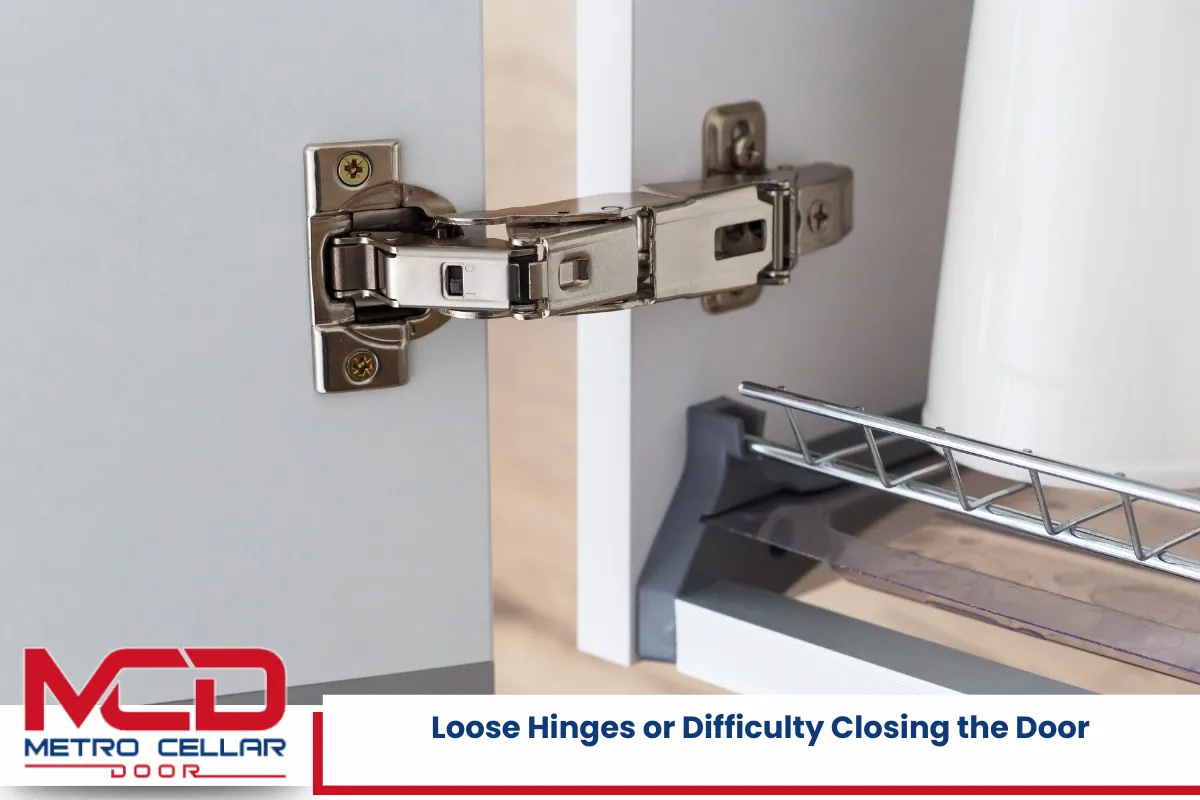
A door that doesn’t close smoothly or has loose hinges is not functioning properly. Over time, this small inconvenience can turn into a major problem.
Why Alignment Fails
Temperature fluctuations in NYC can cause materials to expand and contract, slowly shifting the door’s alignment. Also, heavy use or previous repairs might leave the hinges worn or misaligned. Wood rot or rust in the surrounding frame can also lead to instability.
Safety and Security Risks
Doors that don’t close properly allow water, cold air, or even pests to enter the basement. A poorly aligned door may also become a security risk, as it can be more easily forced open.
This is a clear indication that a full replacement is necessary—realigning or adjusting the hardware will not correct the structural imbalance caused by long-term deterioration.
Cracked or Worn-Out Seals and Gaskets
Modern bulkhead doors are designed with rubber or synthetic seals that create a tight barrier between the door and its frame. Over time, these seals become dry, brittle, and lose their effectiveness.
How This Affects Your Home
Cracked or missing gaskets allow water to seep into your basement during rainstorms or when snow melts. They also let air escape, reducing energy efficiency by making your home harder to heat or cool.
In NYC’s varied climate, where winter storms and summer humidity are common, these seals degrade quickly if not properly maintained. Replacing your door is often more cost-effective than attempting to replace only the seals, especially if the door structure is already compromised.
Outdated Wooden Bulkhead Doors
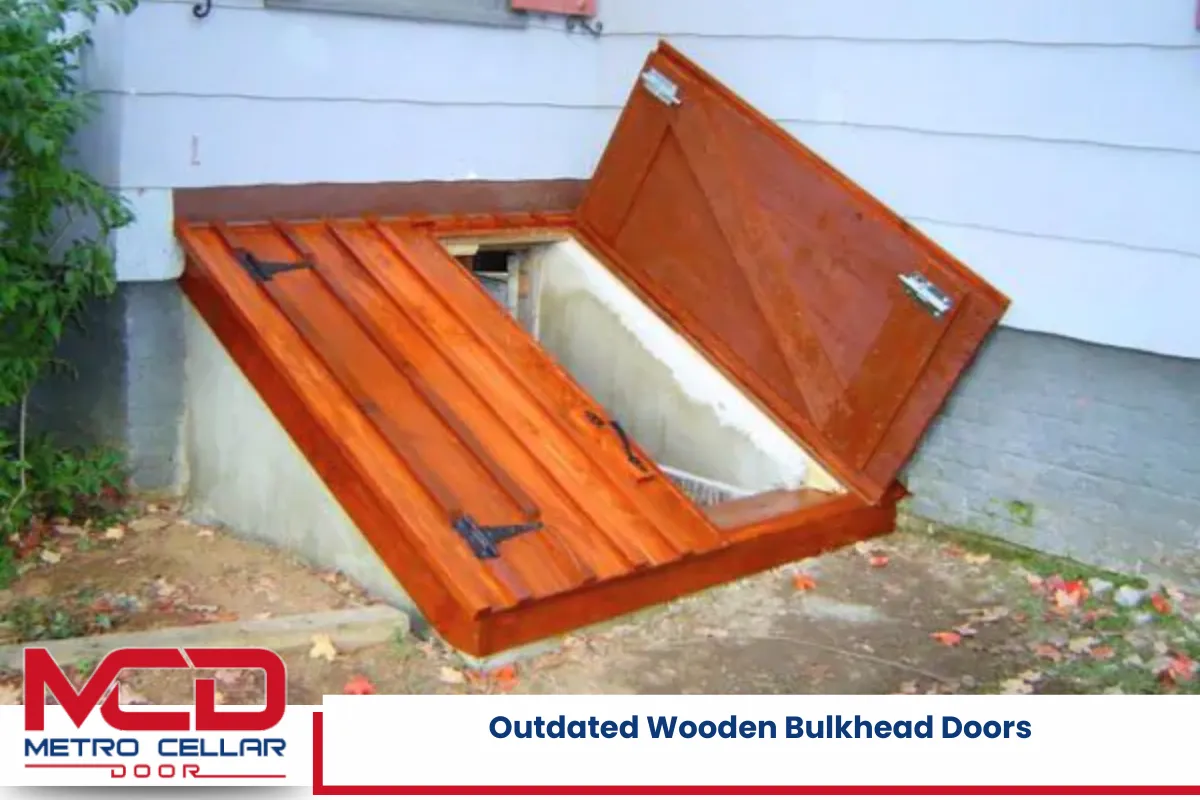
While wooden bulkhead doors were once widely used, they are not well-suited for the demands of modern city living. In NYC’s wet and cold climate, wood quickly deteriorates.
Common Issues with Wood
Wood absorbs water, which causes it to swell, warp, and eventually rot. Over time, the structural integrity weakens. Wooden doors also lack modern security features and weatherproofing technologies found in steel or aluminum options.
Better Modern Alternatives
Today’s metal bulkhead doors are powder-coated for enhanced rust resistance and constructed with reinforced panels for added strength. Replacing an outdated wooden door with a modern, durable option ensures you have a product that withstands weather extremes while offering better protection.
Repeated Repairs and Quick Fixes
Frequent patch jobs and temporary repairs are strong indicators that your door has reached the end of its lifespan. Constant maintenance can become a significant drain on time and money.
What to Watch Out For
Repainting rusted surfaces every few months, replacing broken hinges, and sealing gaps with caulk are all signs that the door is deteriorating beyond repair.
A properly installed, new bulkhead door won’t require these constant fixes and will provide long-term peace of mind.
Changes in Basement Use
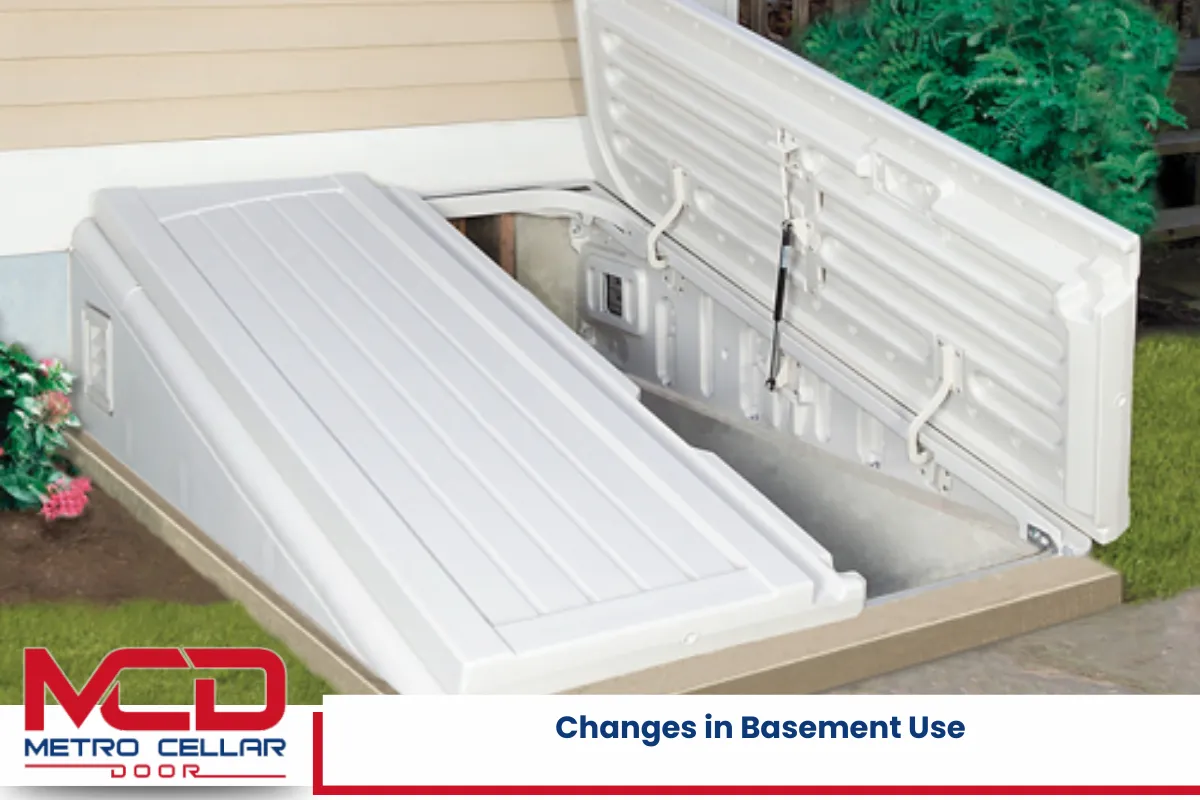
Transforming a basement into a livable or functional space, such as a laundry room, gym, or guest room, requires that all entry points be secure and well-insulated.
How a New Door Helps
Older bulkhead doors may not meet safety codes or energy efficiency standards. A modern replacement ensures secure access and protection from drafts, water, and unauthorized entry—important factors in maximizing your basement’s usability.
Noticeable Drafts or Temperature Changes
Suppose you feel a noticeable draft around the door or observe sudden temperature changes in your basement. In that case, your bulkhead door likely has poor insulation.
Energy Efficiency Impact
In an energy-conscious city like NYC, poor insulation increases heating and cooling costs. New bulkhead doors often come with insulated panels or frames that reduce air leakage and help regulate indoor temperatures.
Upgrading the door enhances both comfort and energy savings throughout the year.
Signs of Pest Infestation Around the Door
Pests, such as rats, raccoons, and insects, can easily enter through small gaps or rotting frames in old bulkhead doors. NYC is known for its persistent rodent issues, making any compromised barrier a potential access point.
How a New Door Prevents Infestations
Replacing the door ensures that all gaps are sealed and the structure is strong enough to withstand forced entry by animals. Choosing a door with tamper-resistant features and tight gaskets offers protection that quick fixes can’t.
Insurance Recommendations or Inspection Failures
During insurance renewals or building inspections, a deteriorated bulkhead door might be flagged for replacement. If inspectors note that the door is not weather-tight, structurally sound, or code-compliant, you’ll need to act quickly.
A replacement not only avoids penalties or rate hikes but also improves your property’s safety rating.
Appearance is Worn or Unattractive
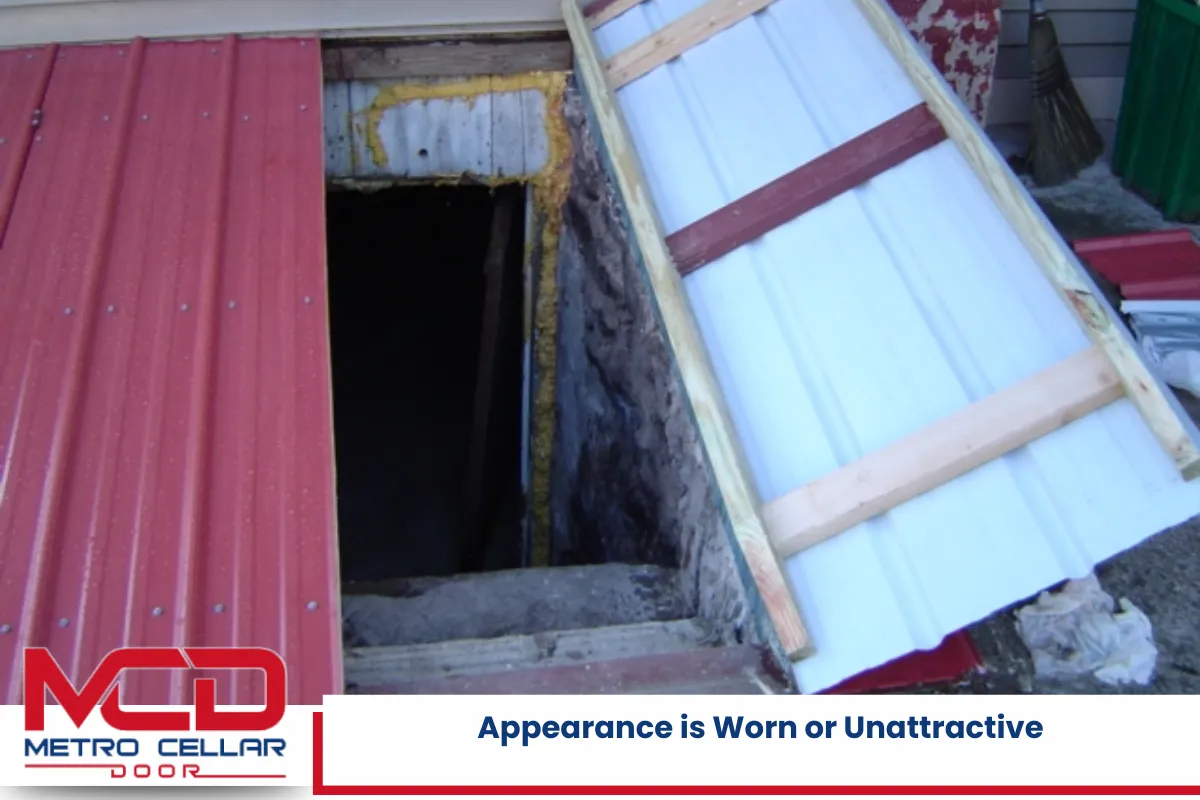
Though function is a top priority, appearance still matters. A dented, rusted, or slanted bulkhead door can significantly impact your home’s overall presentation.
Enhancing Curb Appeal
New doors come in sleek designs with powder-coated finishes that match various home styles. They also sit flush against the frame, creating a cleaner, more professional look. If the rest of your property is well-kept, upgrading the door maintains visual consistency.
Final Thoughts on Door Replacement in NYC
New York City homes are built to last, but every part of a home has its limits—including the bulkhead door. Replacing it isn’t just a repair decision—it’s a long-term investment in property safety, energy efficiency, and peace of mind. The signs mentioned above are easy to overlook until damage is already done, which is why proactive replacement is often the smarter choice.
A bulkhead door that fits securely, resists rust, keeps out water and pests, and complies with NYC’s construction codes provides essential protection. Choosing the right time to replace it can save you from costly repairs and hazardous conditions in the future. Paying attention to the condition of your bulkhead door now ensures your home stays secure and protected, no matter what the city throws your way.
NYC Bulkhead Door Installer – Metro Cellar Door Bilco Pro
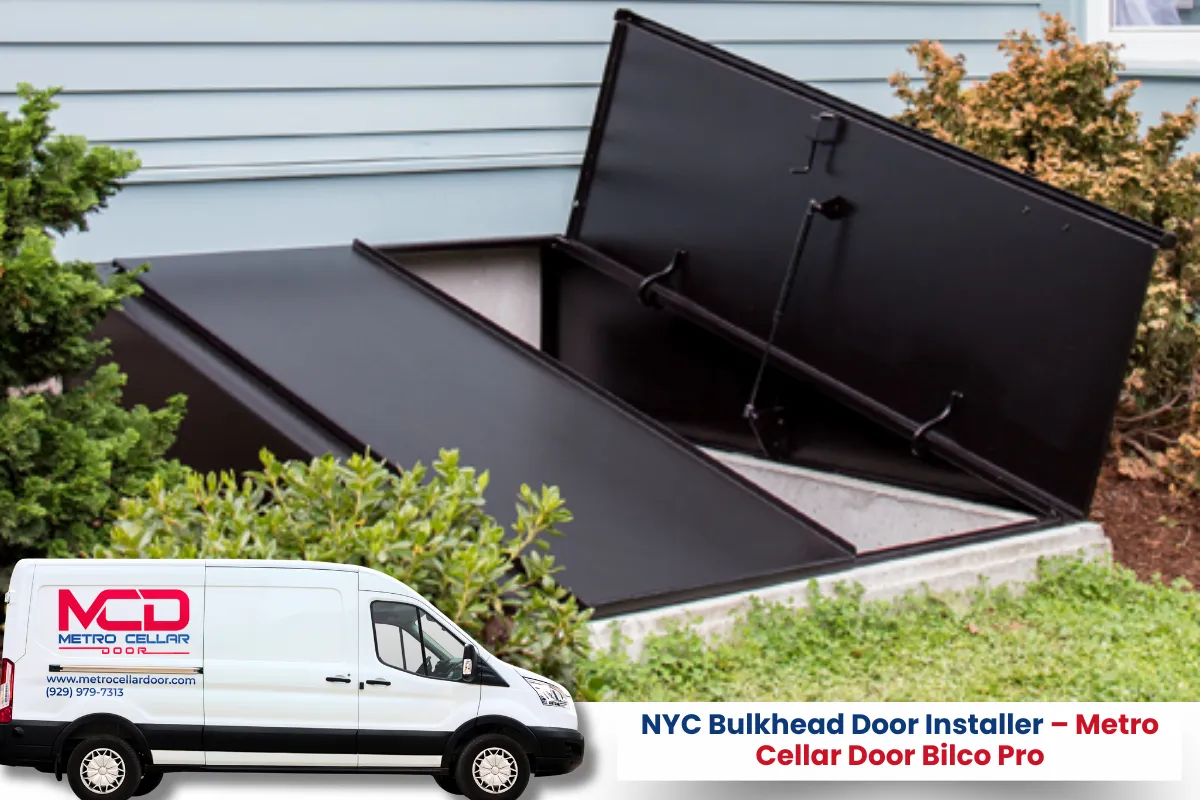
Metro Cellar Door Bilco Pro is a bulkhead door installer serving New York City with professional cellar door replacements for both residential and commercial properties. We focus on durable installations that are built to handle NYC’s weather, foot traffic, and structural demands.
Our services cover rusted doors, worn-out frames, and outdated designs. We also offer custom fabrication to fit non-standard openings. Free estimates are available, and our team is ready to help you get a secure, properly installed bulkhead door that lasts. Call (929) 979-7313 to speak with our team.
Frequently Asked Questions About Bulkhead Door Replacement in NYC
What causes bulkhead doors to fail in New York City homes?
Bulkhead doors often fail due to a combination of water intrusion, rust, poor materials, and age. In New York City, harsh winters, heavy rain, and humid summers accelerate water infiltration and structural damage around cellar entrances. When water pools near concrete steps or around the frame, it can lead to cracks in the surrounding masonry or even affect the foundation plates.
Common causes include:
- Rust on steel doors or hinges
- Warping of wood doors
- Broken or worn rubber seal
- Failed or missing drainage systems
- Deterioration of fast-setting grout or mortar
In many cases, doors that are decades old were not designed to resist today’s weather extremes or comply with modern building codes. Without professional inspection and timely bulkhead replacement, the risk of water damage and liability issues increases—especially if your basement is used as an emergency exit or utility space.
How do I know if I need a full bulkhead replacement or just repairs?
A full bulkhead replacement may be necessary if the damage affects the door structure, frame, or the surrounding masonry. If the door shows signs of rust, corrosion, sagging, or has visible cracks allowing water to leak, patching it may only offer a short-term fix. You may also notice uneven closing, missing hardware, or moisture stains inside your basement—all signs of more serious water infiltration.
A professional inspection can help determine:
- If the frame is corroded or detached from the concrete
- Whether the rubber seal is damaged or missing
- If there’s long-term water damage or rot near the foundation plates
- Whether the existing structure meets NYC building codes
Minor issues, such as surface rust or loose screws, may be addressed with a repair. But suppose the basement door has become a source of chronic flooding, or is no longer secure. In that case, a complete bulkhead installation is the safest and most cost-effective option.
What materials are best for replacing old cellar doors in NYC?
The best materials for cellar doors in NYC depend on location, usage, and budget. Still, steel doors are often considered the most reliable. Steelway cellar doors and Bilco basement doors are widely used because they offer long-term durability, excellent corrosion resistance, and are compatible with steel frames and masonry screws.
Here’s a quick comparison:
- Steel Doors: Most common choice; resistant to rust when properly coated. Strong against force and ideal for custom steel cellar doors.
- Fiberglass Doors: Lightweight and naturally resistant to moisture and rot. Great for homeowners wanting low maintenance, although not as strong as steel.
- Wood Doors: Traditionally used, but not ideal for NYC weather. Prone to swelling, warping, and rot due to high humidity and water intrusion.
For basements that act as emergency exits, steel or fiberglass is recommended for safety and compliance with building permits and fire codes.
Can I replace a bulkhead door myself, or should I hire a professional to do it?
Replacing bulkhead doors is not a beginner-friendly DIY project, especially in a city like New York, where most properties require adherence to strict building codes and often necessitate obtaining building permits. A proper bulkhead installation involves more than just removing the old door and screwing in a new one.
Professional installers use tools like a hammer drill, masonry screws, and pressure-treated lumber for framing. They also apply fast-setting grout, sealing cracks, and ensure the rubber seal is installed correctly to prevent future water leaking.
Why professional installation is better:
- Ensures compliance with NYC codes
- Prevents damage to concrete steps and the surrounding structure
- Correct sealing and slope for drainage
- Reduces risk of liability issues in flood-prone areas
A poorly installed door can lead to expensive repairs, basement waterproofing, or even foundation damage later. Hiring a skilled bulkhead door installer protects your investment and enhances the value of your home.
How much does basement bulkhead replacement cost in New York City?
The cost of basement bulkhead replacement in New York City depends on the size of the door, the materials used, the complexity of the job, and whether structural repairs are required. On average, homeowners expect to pay between $1,200 and $3,500, with higher-end custom steel cellar doors or Steelway cellar doors potentially costing more due to the additional fabrication and finishing required.
Breakdown of common costs:
- Standard steel doors: $1,200–$2,000 (including basic installation)
- Fiberglass doors: $1,500–$2,500
- Custom sizes or non-standard openings: $2,500–$4,000
- Repairs to masonry or frame: Additional $500–$1,500
These estimates typically include the removal of the old door, preparatory work (such as sealing cracks and patching with fast-setting grout), and full installation. If you live in a flood area, additional basement waterproofing may be recommended.
To avoid hidden costs, it’s best to get a professional inspection and a detailed quote before starting the project.
Read more: The Benefits of Bulkhead Doors for New York City Basements and Cellars
